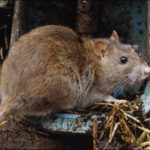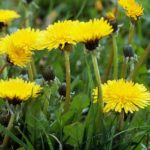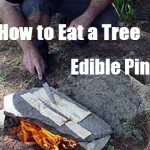Harvesting & Eating Tree Bark
I was amazed to learn that you could eat tree bark. I knew that the pine tree needles had nutritional value and the tea made from them medicinal uses. Done correctly the inner bark of most pine varieties, the slippery elm, black birch, yellow birch, red spruce, black spruce, balsam fir and the tamarack trees are all edible.
But be aware you don’t just strip of a piece and begin munching! If harvested correctly this process will not kill the tree. You can also use trees that have naturally fallen but you must ensure that they are fresh enough for the inner bark to still be moist. Don’t of course eat the outer thick, rough bark, this could lead to some serious internal damage.
Although the bark can be eaten raw, it can also be boiled, fried, and made into flour. The same cinnamon you most likely have in your spice supply right now is actually dried and ground bark.
While additional information on making bark edible and palatable including instructions on cooking it see the following link
Edible Tree Bark: The Ultimate Survival Food
 This is an aggregated site. Please be aware some of the sites we link to could have pop ups. We have no control over them. However, we will never link you to a site that requires you to make any purchase to view the blog.
This is an aggregated site. Please be aware some of the sites we link to could have pop ups. We have no control over them. However, we will never link you to a site that requires you to make any purchase to view the blog.
Please read our disclaimer. We provide you with information from various sites all over the world. The author’s expressed opinion isn’t necessarily that of The Prepared Page or its staff. Our intent is to bring you the information. Use your and your own best judgment when using any information contained within the blogs.
While you’re here check out some of the other posts you may find them interesting!!!
Some posts may contain affiliate links.








